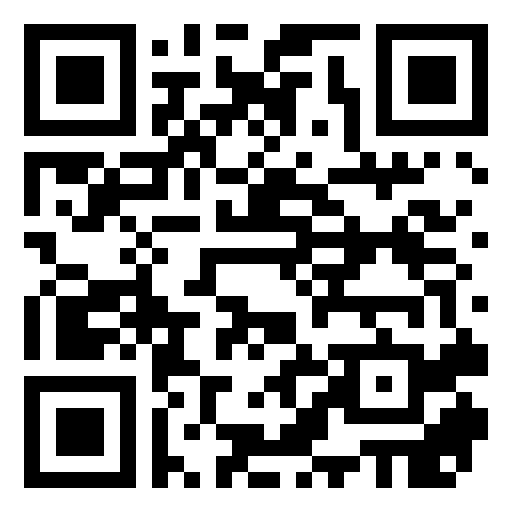Oral controlled release delivery systems are programmed to deliver the drug in predictable time frame that will increase the efficacy and minimize the adverse effects and increase the bioavailability of drugs. It is most widely utilized route of administration among all the routes that have been explored for systemic delivery of drugs via pharmaceutical products of different dosage form. Recent technological and scientific research has been devoted to the development of rate controlled drug delivery systems to overcome physiological adversities such as short gastric residence times and unpredictable gastric emptying times. Differences in gastric physiology such as gastric pH and motility exhibit both intra and inter subject variability demonstrating significant impact on gastric residence time and drug delivery behavior. This triggered an increased interest towards formulation of novel delivery systems which retained in the stomach for prolonged and predictable period of time. Several approaches such as floating drug delivery systems (FDDS), swelling and expanding systems, bioadhesive systems, modified shape systems, high density systems or other delayed gastric emptying devices have been discovered till now. FDDS are of particular interest for drugs that are locally active and have narrow absorption window in stomach or upper small intestine, unstable in the intestinal or colonic environment, and exhibit low solubility at high pH values. This review article is in pursuit of giving detailed information on the pharmaceutical basis of their design, classification, advantages, in vitro and in vivo evaluation parameters, and the future potential of FDDS.
